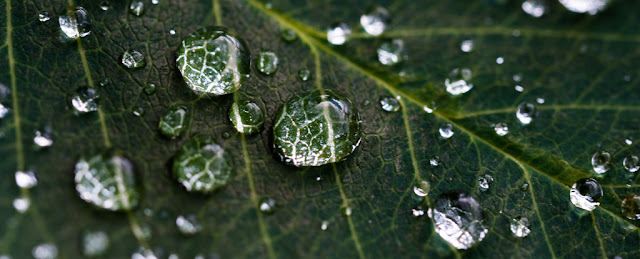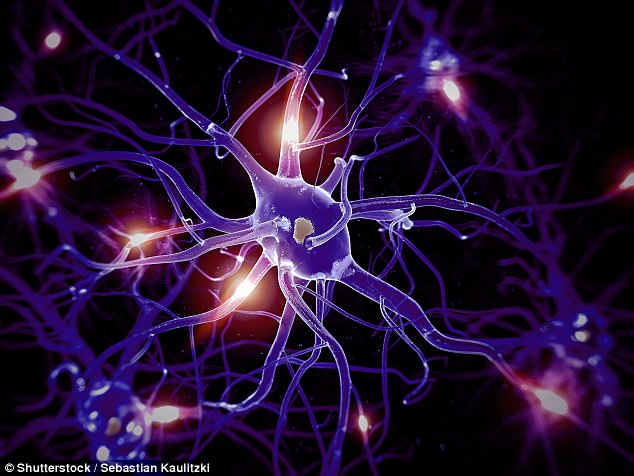Plants Have Been Keeping a Secret From Us About How Thirsty They Actually Are
Have you ever wondered why plants require water or how much water they actually need to grow?
Plants require up to 300 grams of water to produce every gram of dry plant matter because they lose a lot of water when they absorb carbon dioxide from the environment.
However, things don't have to be that way. In a recent research published in Nature Plants, we describe a natural trick that, in the long run, may be exploited to encourage plant growth while utilizing less water.
a component that is necessary for plant development
About 80% of the weight of plants is composed of water. Therefore, it stands to reason that plants would require around four grams of water for every gram of dry mass in order to hydrate themselves to their optimal levels.
It might be the case, however they require much more water to flourish. A plant requires around 300 grams of water to create one gram of new dry mass.
Why is there such a big discrepancy between how much water is needed for development and how much is needed for hydration?
Because practically all of the water that plants absorb via their roots and quickly release through their leaves into the sky.
Small valves on the surface of plant leaves are known as stomata. To take in the carbon dioxide that plants require for photosynthesis and development, stomata open.
However, when the stomata are open, the leaf's wet inside tissue is exposed to the dry exterior air. This implies that whenever the stomata are open, water vapor may escape.
a long-held belief
For a very long time, plant scientists believed that the amount of water evaporating from a leaf was virtually totally regulated by the opening and shutting of the stomata.
This is due to the fact that we believed the air in the tiny spaces within the leaves was completely saturable with water vapor (another way to say this is that the "relative humidity" is 100 percent, or very close to it).
The stomata's aperture determines how much water diffuses out of the leaf when the air within is moist and the air outside is drier.
As a result, for every molecule of carbon dioxide that enters the leaf, significant amounts of water vapor are released.
Why did we presume that the relative humidity of the air inside the leaves is close to 100%?
We believed that cells inside leaves could not maintain their hydration if exposed directly to air with relative humidity considerably lower than 100%, in part because water travels from more saturated locations to less saturated places.
But we also assumed this since there was no way to measure the relative humidity of the air inside leaves directly. This problem could be improved by a recently created "hydrogel nanoreporter" that can be inserted into leaves to monitor humidity.
The disclosed secret
However, during the past 15 years, we have conducted a number of tests and gathered data to refute this notion.
We saw that the relative humidity in the air spaces inside leaves often went much below 100%, perhaps as low as 80%, when the air outside the leaf was dry.
The most astounding aspect of these discoveries is that photosynthesis continued to occur, if anything it slowed down, as the relative humidity inside the leaves decreased.
This indicates that the rate of water loss from the leaves remained constant even while the "evaporative demand" of the ambient air rose (a measure of the drying capacity or "thirstiness" of air, based on temperature, humidity, and other factors).
We would anticipate a slowdown or cessation of photosynthesis if the leaves just closed their stomata to reduce water loss.
Therefore, it seems that plants can successfully regulate the amount of water that evaporates from their leaves while the stomata are still open, allowing carbon dioxide to keep entering the leaf to enable photosynthesis.
Smart water use
We believe that certain "water-gating" proteins called aquaporins, which are found in the membranes of the cells inside the leaf, are how plants regulate the flow of water.
If aquaporins are the actual mechanism behind the behavior we saw, our further tests will confirm this.
If we fully comprehend this system, we might be able to target its activity and eventually provide farmers plants that use water more effectively.
The atmosphere will become more and more thirsty for evaporated water during the ensuing decades as a result of global warming.
We are happy to inform that nature may yet have secrets that might be tapped into to increase plant output while using less water.




Comments
Post a Comment